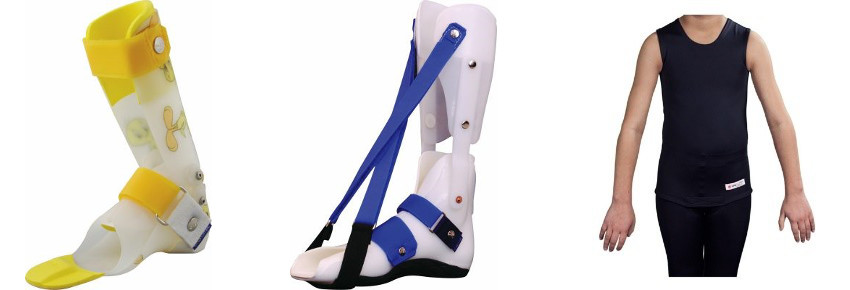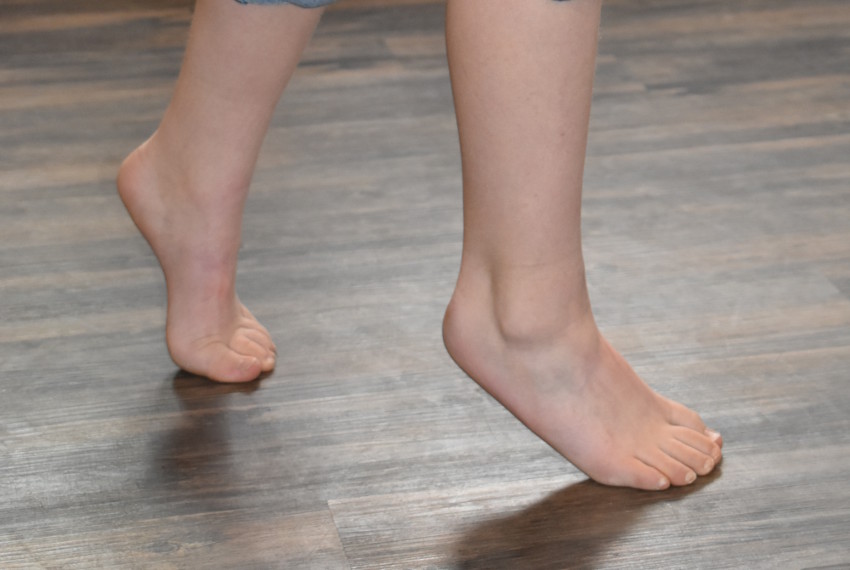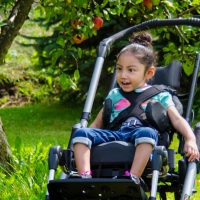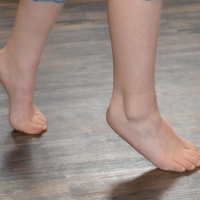Developmentally most children will begin pulling to stand at furniture between 7-12 months of age. Many children begin walking on their own between 10 to 18 months of age. Some children stand and/or walk on their tip toes. Parents should be concerned about their child being up on their toes if it is more than 50% of the time and have had the habit of being up on their toes for 4-6 months or more.
If a child meets this criteria, parents should seek a medical professional who specializes in toe walking. The specialist is usually a pediatric physical therapist, pediatric neurologist or a pediatric orthopedist. You can ask your pediatrician to refer you to a specialist.
Habitual toe walking can cause an imbalance in muscle strength, muscle contractures, bone and joint deformities, balance problems, and further developmental impairment. It is best to address the problem early in the child’s development to lessen the time and cost of treatment, as well as the long term consequences from habitual toe walking.
Our staff at Walking And Wheeling, have the expertise to give your child the right tools to eliminate toe walking.
Activities that help Decrease Toe Walking
The following are some activities to decrease toe walking:
- Walk around in swimming flippers (with socks on) for 10 to 15 minutes per day.
- Walk or skate in roller blades/ skates for a minimum of 10 to 15 minutes per day. Ice skates will also work.
- Walk like a duck/penguin by walking on heels between events at home (e.g- walking on heels out to the car to run an errand, walking on heels to get to the table for a meal, etc.)
- Use “squeeky” or light up shoes that you can purchase online.
- Walk up hills with toes pointing straight ahead and heels down on the ground.
- Pedal a bike or trike with toe clips if possible.
- Play games that you stand on one foot (simon says, Idcking games, playing catch while staying on one foot.
- Walk around in Dad's or Mom's shoes.
- Snow shoe in the winter time.
- Get evaluated by an occupational or physical therapist for sensory regulation impairment and do a sensory diet program which may include a "brushing" program.
- Stand on a wedge with heels down for 10 minutes 1-3 times per day.
- Wear night ankle stretching and/or day ankle foot orthotics, as recommended and fit by a physical therapist.
- Wear compression garments, as recommended and fit by a physical therapist.

Peter Jacques, PT has over 30 years of experience in treating children with idiopathic toe walking, and has received a lot of benefit from the work of Liesa Persaud, PT and Beverly Cusick, PT




